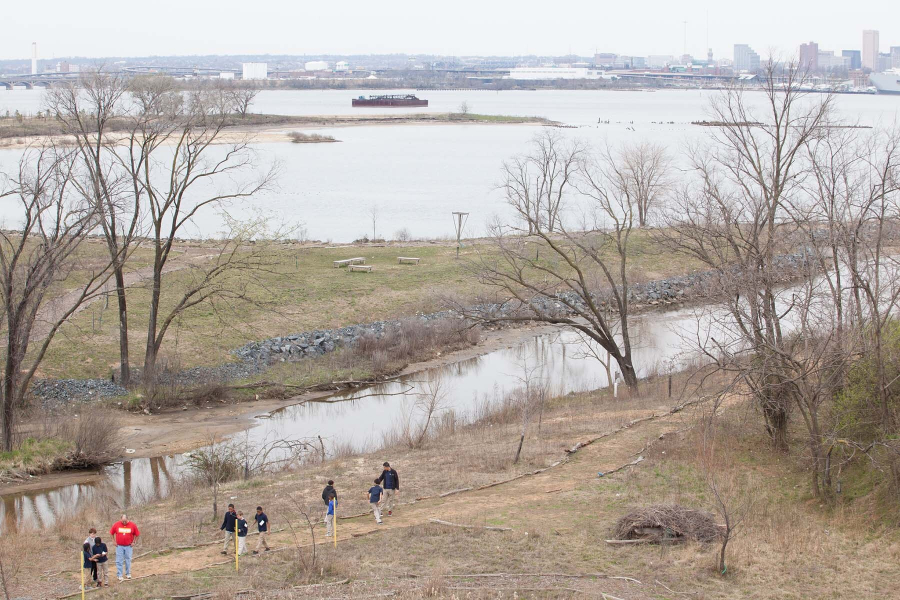EPA releases environmental justice action agenda
Framework outlines strategy for agency-wide advancement of environmental justice

Today, the U.S. Environmental Protection Agency (EPA) released the EJ 2020 Action Agenda (EJ 2020), a strategy to advance the agency’s environmental justice efforts. Over the next five years, EJ 2020 will serve as a framework to advance environmental justice—particularly in communities where a combination of environmental, health, social and economic factors disproportionally affect the community.
According to the EPA, environmental justice is the “fair treatment and meaningful involvement of all people regardless of race, color, national origin or income with respect to the development, implementation and enforcement of environmental laws, regulations and policies.” Under the strategy, the EPA will work to improve results for overburdened communities, incorporate environmental justice in decision-making, build partnerships with states and co-regulators, strengthen their ability to take action on environmental justice issues, and demonstrate progress on critical national environmental justice challenges.
EJ 2020 will build on the groundwork laid by EJ 2014, the agency’s previous environmental justice strategy. The framework lays out a set of priorities structured around three goals. First, to deepen environmental justice practices within EPA programs. Second, to work with federal, state, tribal and community partners to increase positive impact within overburdened communities. And finally, to demonstrate progress on critical national environmental justice challenges, including lead, drinking water, air quality and hazardous waste sites.
The Chesapeake Bay Program is similarly committed to advancing environmental justice throughout the region and in its work. Environmental justice is one of the guiding principles of the Chesapeake Bay Watershed Agreement, and through the Diversity Action Team, the Bay Program is working to identify groups that are under-represented in its activities and looking for ways to create meaningful opportunities for engagement.
For more information and to read the entire document, visit the EPA’s EJ 2020 Action Agenda page.

Comments
There are no comments.
Thank you!
Your comment has been received. Before it can be published, the comment will be reviewed by our team to ensure it adheres with our rules of engagement.
Back to recent stories